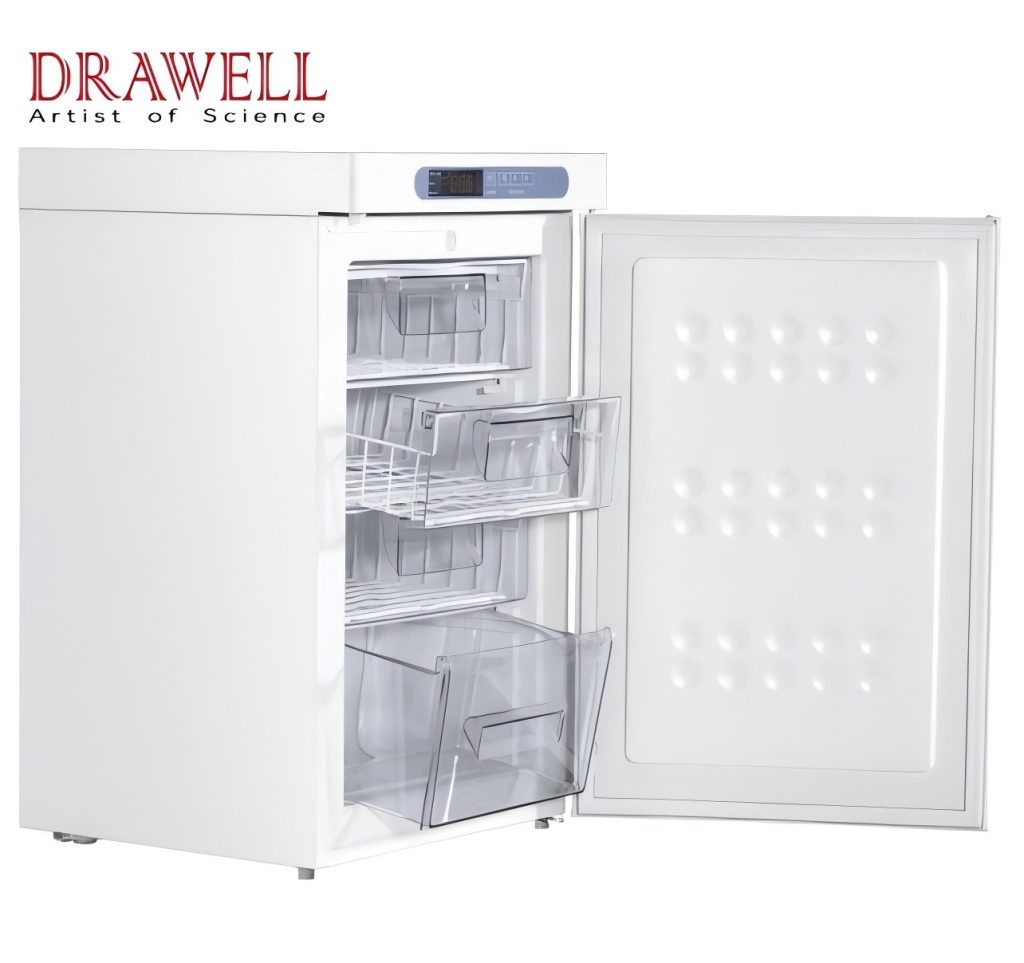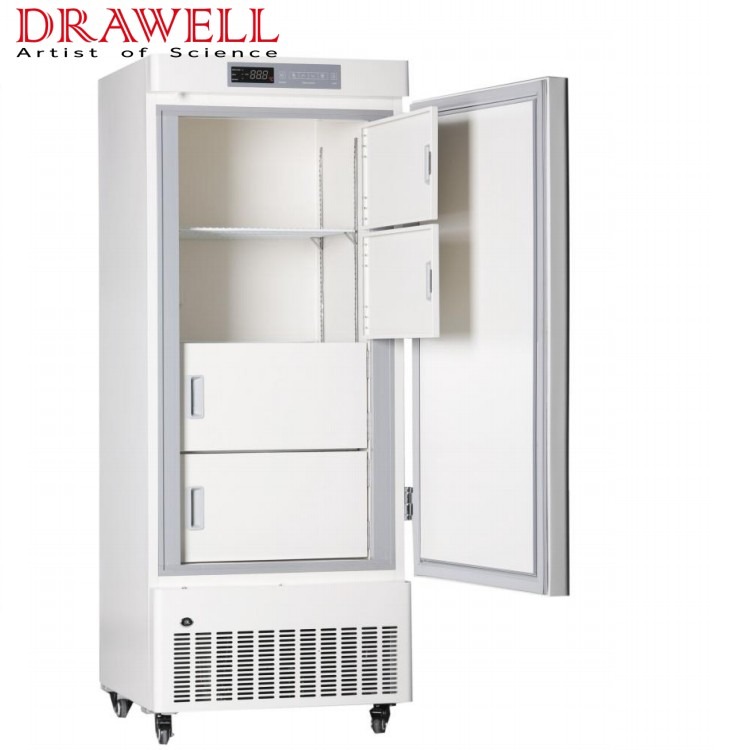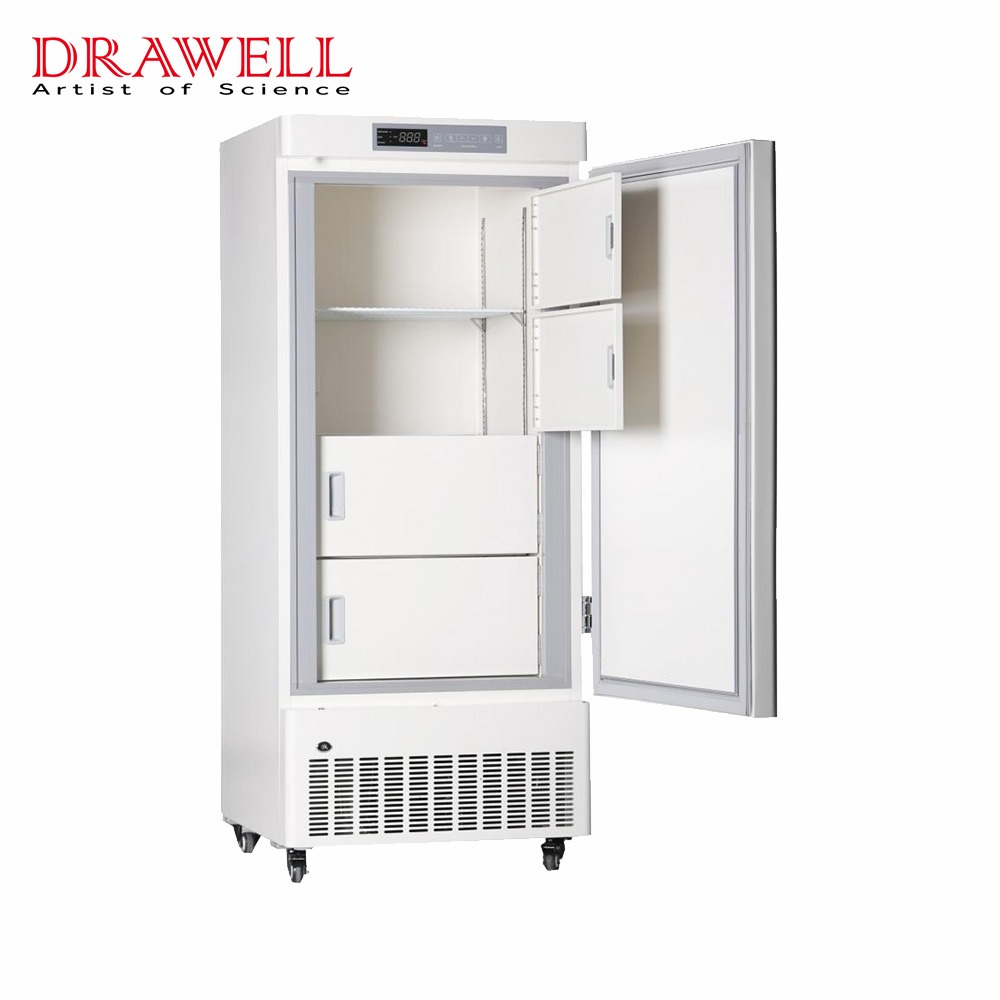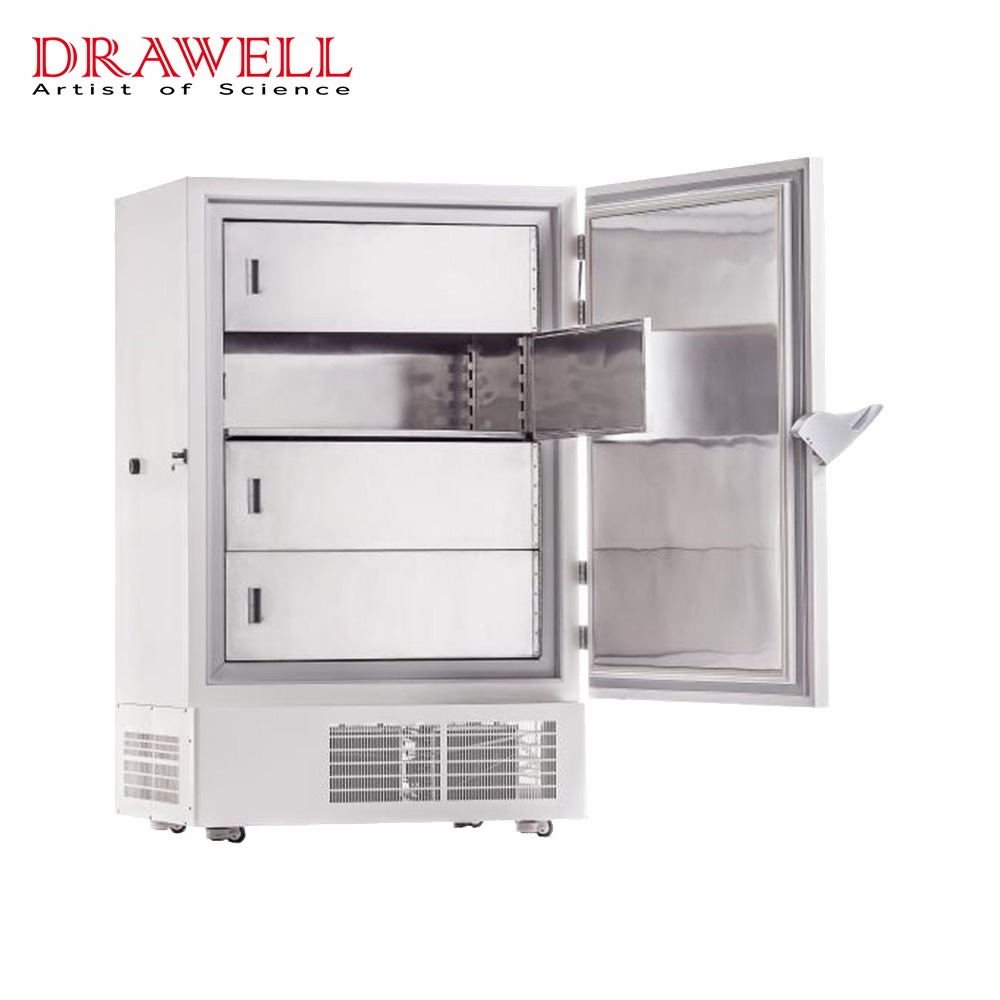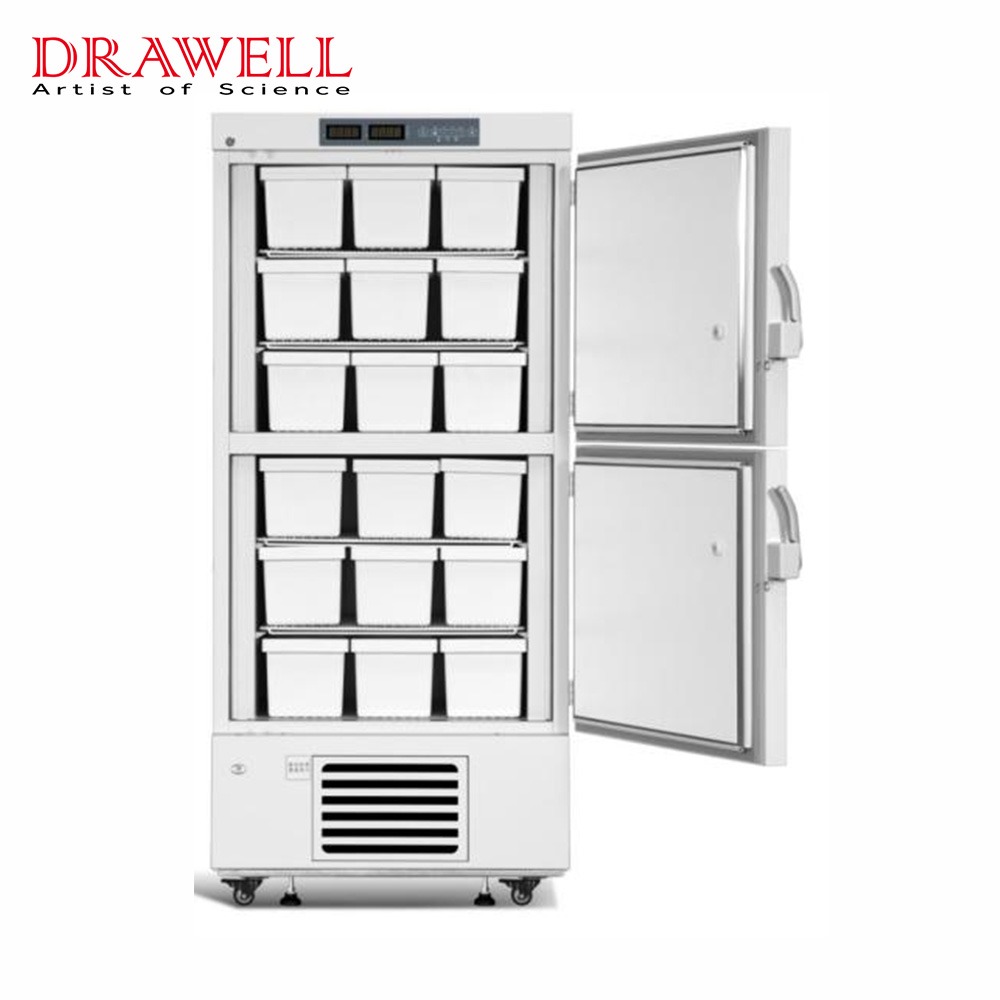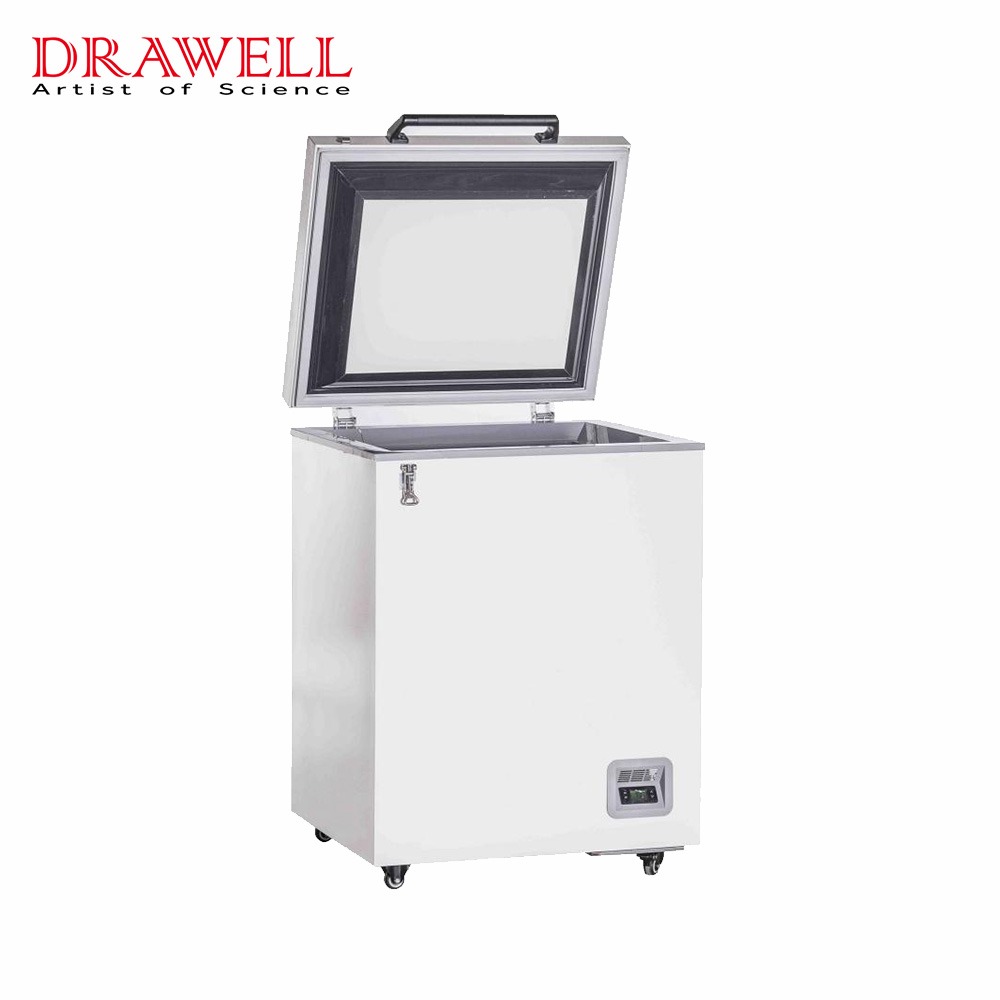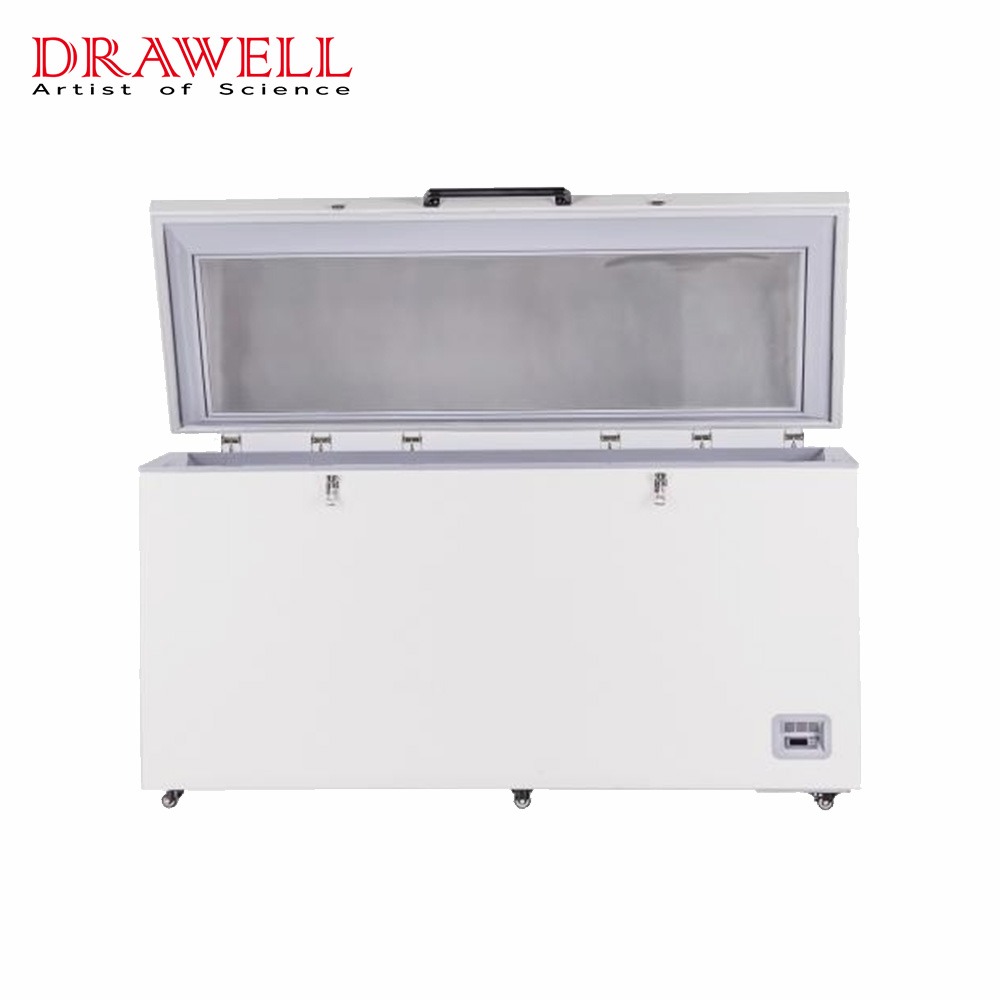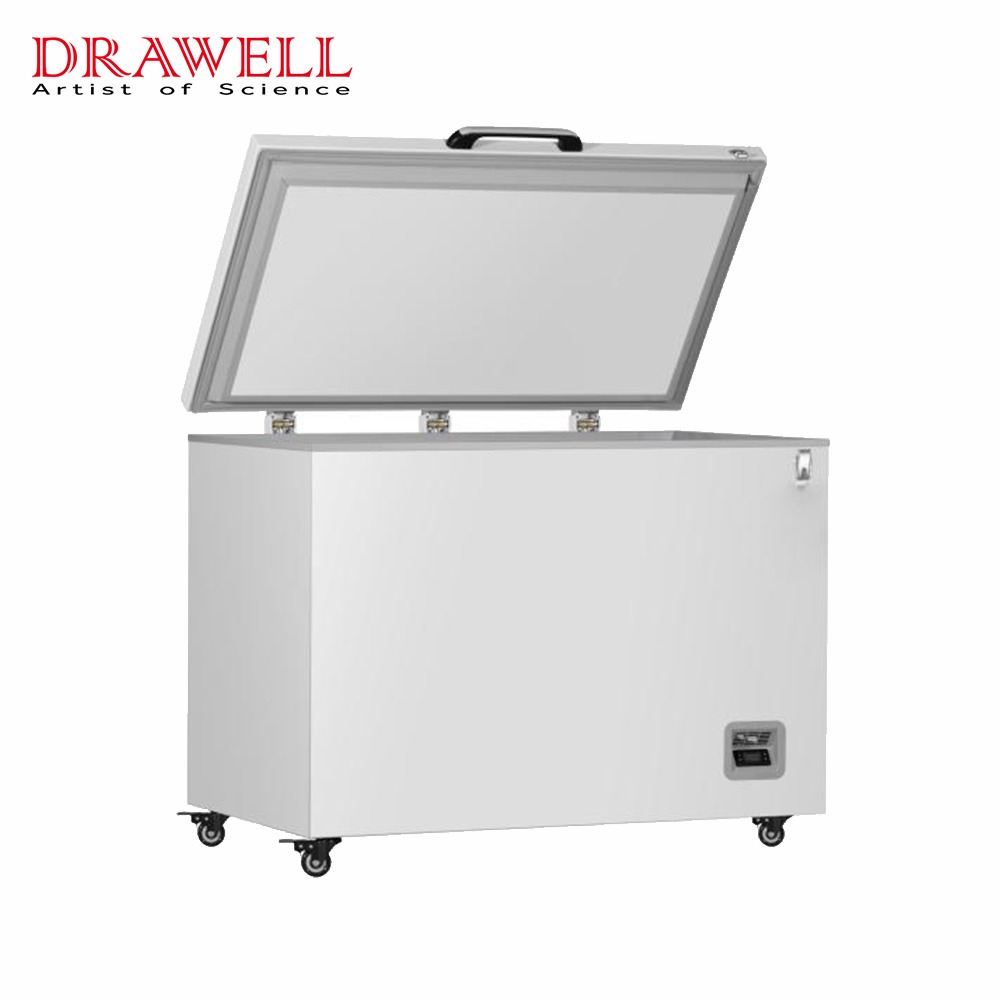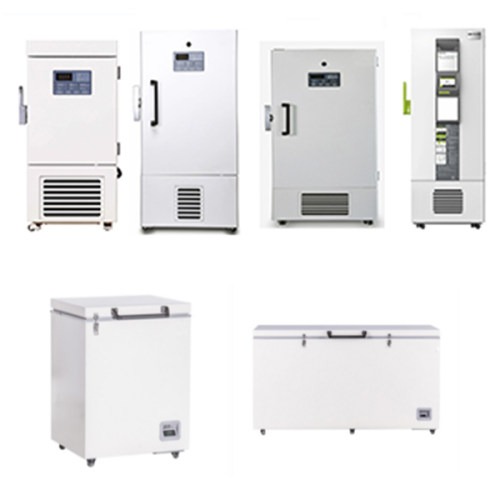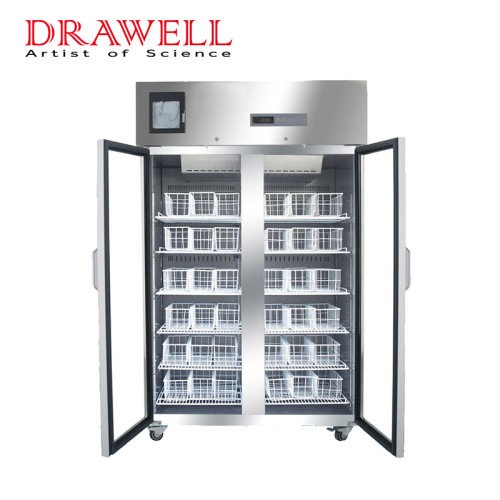-25℃ Biomedical Freezer
-25°C Biomedical Freezer Designed for the secure storage of highly sensitive biological materials, vaccines, and pharmaceuticals, it ensures precision temperature control and reliability, meeting the stringent demands of research laboratories, hospitals, and biopharmaceutical industries.
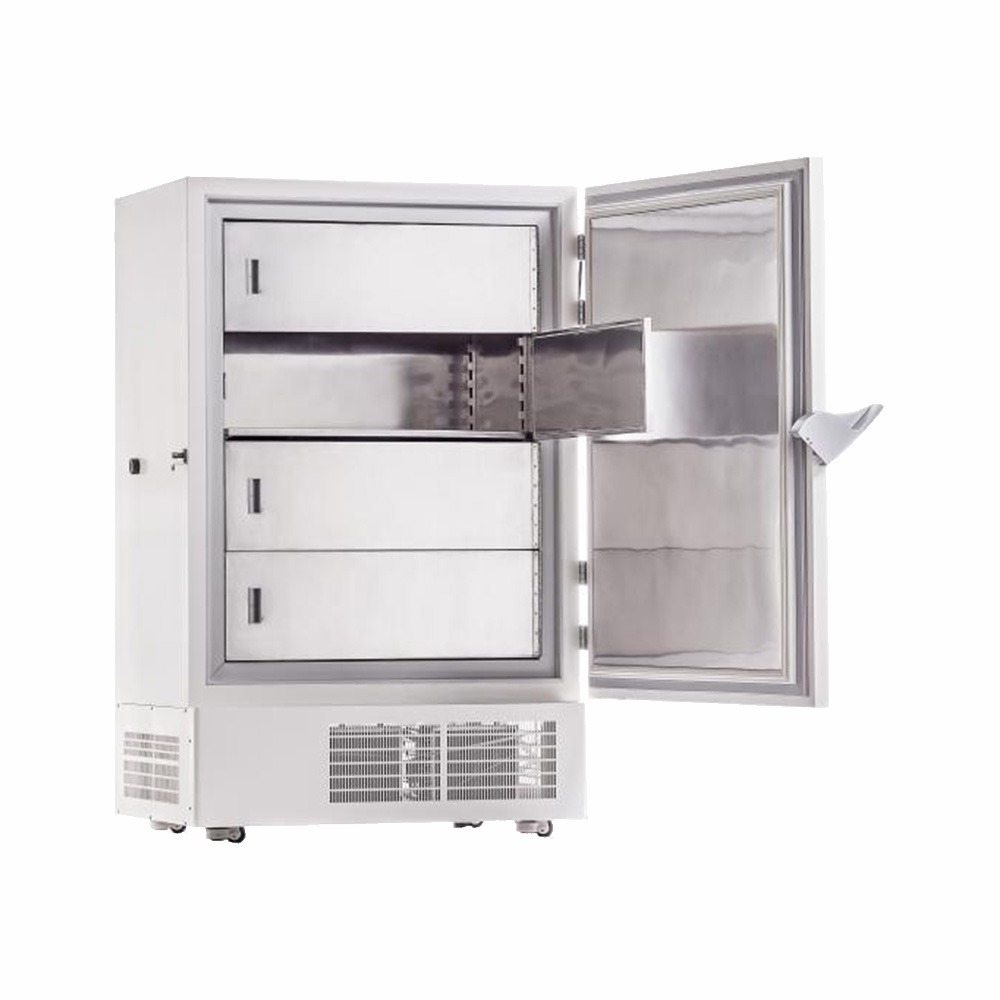
Features of -25℃ Biomedical Freezer
- Precise Temperature Control: Maintains a stable -25°C ±1°C environment.
- Specially designed forced-air cooling system to ensure fast-free cabinet and good temperature uniformity.
- Optimized Storage: Adjustable corrosion-resistant shelves and modular drawers, compatible with standard cryoboxes and sample racks for efficient organization.
- 304 stainless steel inner chamber for friendly use and easy cleaning.
- Certificate: ISO14001.ISO9001.ISO13485.ISO45001.CE, FDA List
- Easy to clean
- Safety designe
Classification of -25℃ Biomedical Freezer
-25℃ Vertical (Single door)
-25℃ Vertical (Double Door)
-25℃ Horizontal
Application of -25℃ Biomedical Freezer
- Long-term storage of vaccines, biologics, and diagnostic reagents.
- Preservation of clinical research samples (tissues, DNA/RNA).
- Temporary storage of pharmaceutical intermediates requiring ultra-low temperatures.

-25℃ Refrigerator Efficient Use Rules
Layered storage strategy
- Upper layer: frequently used reagents (such as enzymes, antibodies), reduce the door opening time.
- Middle layer: long-term cell lines, clinical samples (use cryopreservation boxes to classify and mark “name-date-responsible person”).
- Bottom layer: spare dry ice or refrigerant (to deal with sudden power outages).
- No mixed storage: store in a separate cabinet from -80℃ samples to avoid temperature cross-interference!
Why Is -25℃ The “Safety Line” For Biological Products?
- Viruses and cells:
-25℃: inhibits the activity of most viruses (such as influenza viruses) and maintains the integrity of cell membranes (avoids the risk of ice crystal damage at -80℃).
Compared with -20℃: prolongs the stability of mRNA vaccines by 2-3 times (-25℃ can reduce the degradation of lipid nanoparticles).
- Regulatory requirements:
WHO TRS 1019: stipulates that the storage temperature deviation of biological products must be ≤±3℃, but it is recommended to be controlled within ±1.5℃.
ICH Q5C: In long-term stability tests, -25℃ is a common accelerated aging test temperature.

